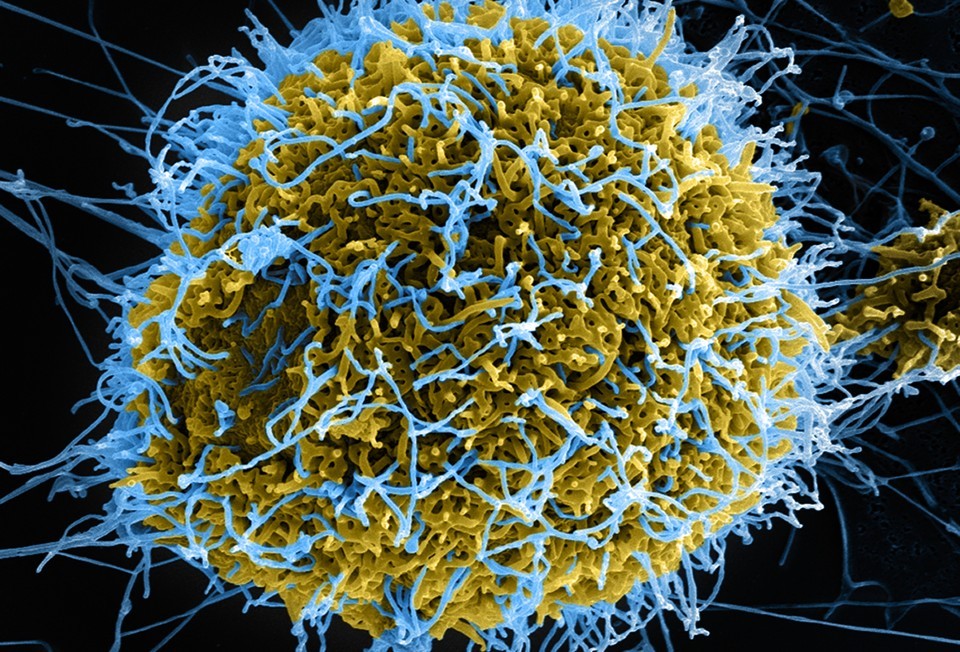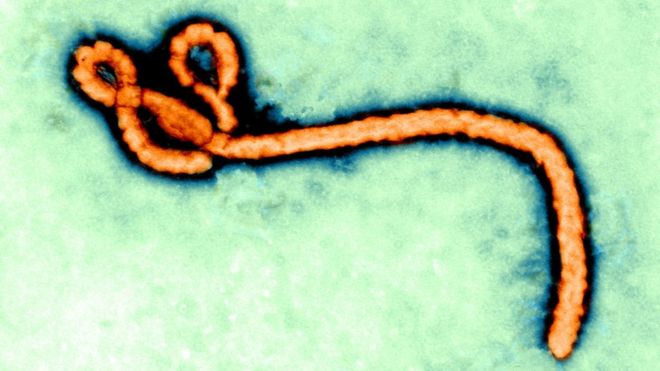You are here
Thu, 2013-07-04 12:32 — mdmcdonald
The Guinea Resilience System working group is focused on the development of Resilience Systems in Guinea.
The mission of the Guinea Resilience System working group is to develop Resilience Systems and their nested subsystems in Guinea.
Add Content to this group
Members
| Abdoulaye Drame | Aboubacar Conte | Anthony | Boubacar Kaba | Carrielaj | Chisina Kapungu |
| Elhadj Drame | Hadiatou Balde | Ismael Dioubate | John Wysham | Kathy Gilbeaux | Lancine Konate |
| Mamadou Diallo | Mamadou Moustap... | Mamadou Sylla | mdmcdonald | MDMcDonald_me_com | mike kraft |
| Norea | Souleymane Drame |
Email address for group
guinea-resilience-system@m.resiliencesystem.org





 cdc.gov - July 8, 2016
cdc.gov - July 8, 2016 An aerial view shows a tract of Amazon rain forest that has been cleared by loggers and farmers for agriculture near the city of Santarem, Para State, April 20, 2013. (Nacho Doce/Reuters)
An aerial view shows a tract of Amazon rain forest that has been cleared by loggers and farmers for agriculture near the city of Santarem, Para State, April 20, 2013. (Nacho Doce/Reuters)

 SPL
SPL
Recent Comments